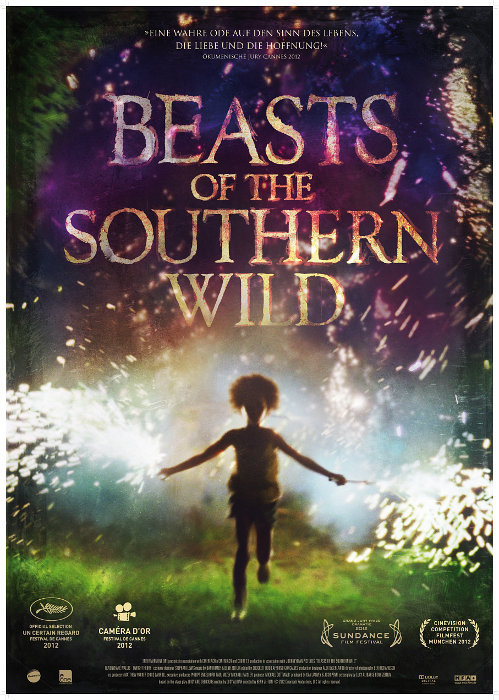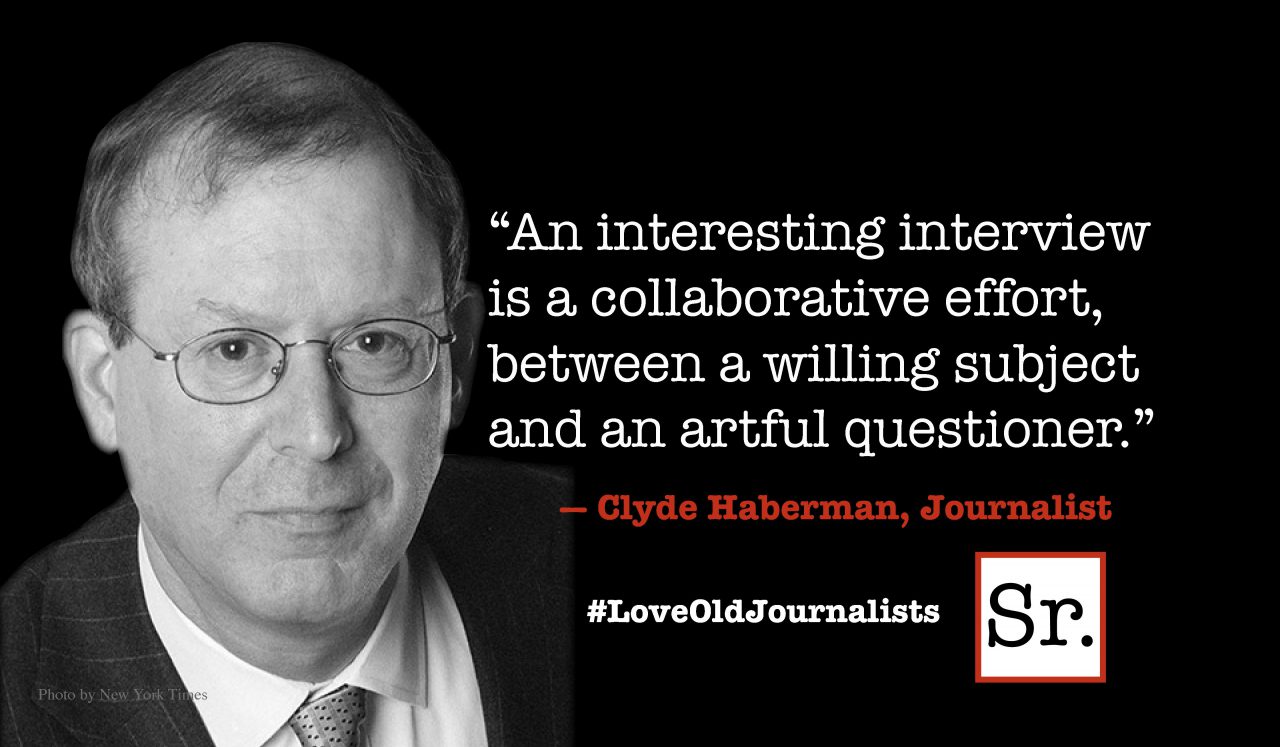In just about every aspect Benh Zeitlin’s feature reflects the thoughts, vision, and emotions of its six-year-old protagonist, from a camera that views everything from about three feet off the ground to its flights of intoxicated imagination to its simple narrative, which eschews the adult inclination to explain, elaborate, illuminate.
Our heroine is Hushpuppy (Quvenzhane Wallis), an astonishing beautiful tyke with a bushy Afro and a wardrobe that seems to consist mostly of underpants and big white rubber boots.
Actually the minimal clothing is perfectly appropriate given Hushpuppy’s environment. She lives in the Bathtub, a steamy community of swamp-dwellers along the Gulf Coast. The Bathtubbers are black and white and a Cajun blend of both. Most seem to have been here all their lives and share a laid-back lifestyle centering on beer and steamed crawfish pulled from the brackish waters. The work ethic isn’t big in the Bathtub.
Hushpuppy lives with her father Wink (Dwight Henry). Well, not actually with him. Hushpuppy has her own ramshackle mobile home raised on pilings. Wink sleeps, drinks and cooks in a shack across a junk-strewn meadow.
This semi-feral girl, who narrates her own story, plays among piles of refuse, rusting cars, abandoned refrigerators. Dogs, chickens and other animals wander free in the Bathtub. Hushpuppy communes with them.
Do not think for a minute that Zeitlin and co-writer Lucy Alibar (adapting her stage play) are trying to make some bleeding-heart statement about poverty. It’s pretty clear that the folks hereabouts have no use for Home Beautiful esthetics; they consider their lives rich and full. For a motherless child like Hushpuppy, it’s an amazingly nurturing environment.
But all that’s about to change.
Two big tragedies await. The first is intensely personal. Wink is seriously ill. He vanishes for a week and reappears a changed man — shaken, terrified, anguished. Whatever is bothering him has him short tempered and even angry with his adorable daughter.
Like Hushpuppy, we are at first puzzled by this unhappy transformation. Gradually it becomes clear: Wink is dying. His absence must have indicated a stay in the hospital.
The second tragedy is practically apocalyptic. A hurricane (Katrina?) is bearing down on the Coast. Some residents of the Bathtub evacuate, but the hard-core types hunker down. Wink and Hushpuppy emerge from their shelter to find most of the Bathtub under several feet of water. With their remarkable excuse for a boat – it appears to be a raft made from the bed of a pickup truck and an outboard motor — they scour the area for survivors.
Eventually the authorities show up to take the reluctant denizens to a hospital/refugee camp. But for the Bathtubbers, it’s more like a prison. They plan a massive jailbreak.
Here’s the thing about “Beast s of the Southern Wild” — it doesn’t explain. It just is. We must accept the events of the film the same way young Hushpuppy does, without too much analysis and believing that eventually things will make sense.
Or they won’t. Sometimes that’s how things work out.
That’s particularly true when it comes to the ”aurachs," mythical prehistoric beasts which are reputed to roam the swamps. In Hushpuppy’s mind they take the form of gigantic, shaggy boars which in addition to fierce tusks sport intimidating antlers. Perhaps they represent the fearful unknown which this little girl must vanquish in order to go on with her life.
A borderline surreal fable that unfolds in a realistic setting, “Beasts of the Southern Wild” occupies a middle ground between fantasy and documentary. Moreover, this is Hushpuppy’s story — and since she has a big imagination you can never know what’s really “real.”
This would be a minefield for any director, much less one making his feature debut. But Zeitlin performs a remarkable tightrope act, keeping the film’s many elements in careful balance. There are moments when “Beasts of the Southern Wild” seems poised to topple over into full-blown pretentiousness, but Zeitlin always pulls the film back from the precipice before it’s too late.
He’s assisted in this by the truly staggering performance of young Wallis, who moves through this story with a complete lack of guile. This singleminded child appears indifferent to the usual chaos of a movie set. One hesitates to call it acting (though it clearly is). It’s more like being.
In the same way, Henry (a baker in real life) makes Wink a tremendously compelling character, one of both great flaws (in his terror he is outright mean to his little girl) and incredible compassion.
“Beasts of the Southern Wild” is an art film down to its toenails. I say that because those who think that, say, “The Best Exotic Marigold Hotel” is an art film will be left dazed and confused by the soaring heights of this tale.









